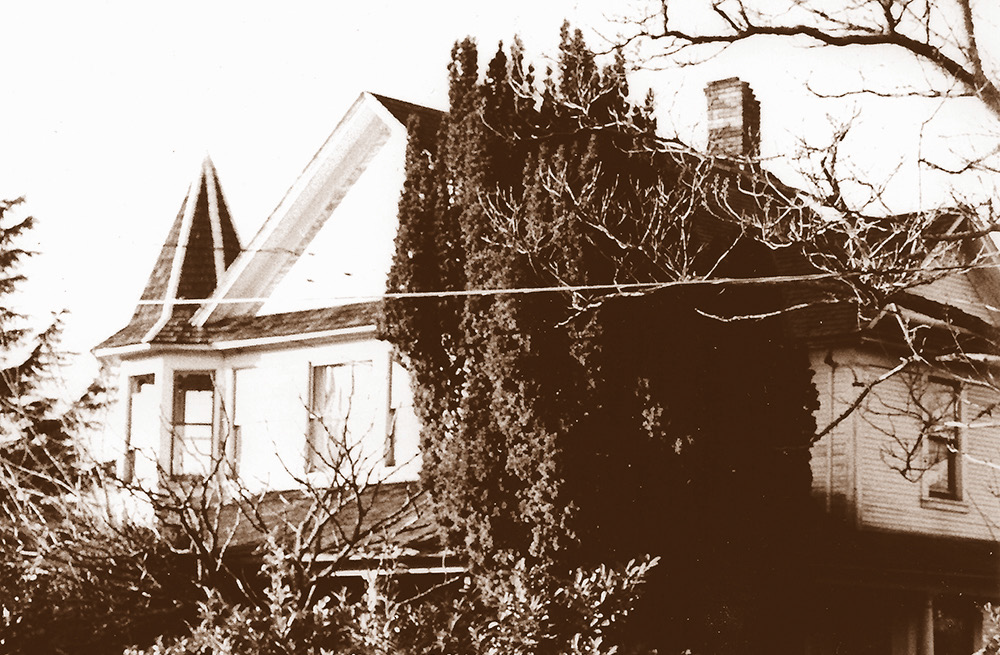- Advertisement -
Last month I asked that you place plants and flowers that attract pollinators in your garden or on your balcony/patio. This month I’d like to pass on some tips on how to best care for your garden in terms of watering keeping on mind that we need to conserve water whether or not we may be in a shortage. These tips come from Linda Hagen and Portland’s Water Bureau:
- Watering in the morning is best. This will allow the water to soak in before it evaporates from heat and dry wind, allows the leaves time to dry out if they get splashed, and plants will have the moisture to draw from during the heat of the day. Late afternoon is second best, just be sure the foliage will dry out before nighttime. Avoid watering in the heat of the day because water will evaporate much faster and any overspray on the leaves can cause them to burn.
- Water at the base of the plant with a watering wand, long-neck watering can, soaker hose, or drip system. Avoid getting the leaves, fruits, or vegetables wet to help prevent diseases that thrive on moisture, like powdery mildew.
- Fruits and vegetables need consistent water to produce well. Don’t let them go completely dry before watering them again because this can cause problems like blossom end rot or cracked tomatoes.
- Containers dry out much faster than the ground and will need more frequent watering, especially if they are placed in full sun or exposed to wind.
- Apply a 2- to 3-inch layer of organic mulch, such as bark, pine needles, or shredded leaves. This will help hold moisture in the soil.
- Plants benefit much more from a slow and deep watering than a quick splash. Make sure you’re watering deep enough to reach the root ball.
- Water lawns with one inch of water per week (more during long, hot dry spells). Water lawns separately from other plants. The best practice for watering your landscape is to apply 50 percent of what you put on grass to perennials and shrubs, and 75 percent to vegetables (but new plant starts require more water).
- Keep in mind that established trees and shrubs typically don’t need much supplemental water. Except for maybe a deep soak or two in the hottest days of summer, established trees and shrubs don’t need a great deal of additional water. They have root systems that tap into deeper sources of water. Newly planted trees, however, need regular watering for the first couple of years.
For more tips visit Metro’s Watering tips website: www.oregonmetro.gov/tools-living/yard-and-garden/garden-basics/watering-tips.
Enjoy the delights of gardening and the warm summer days ahead.
- Advertisement -




















